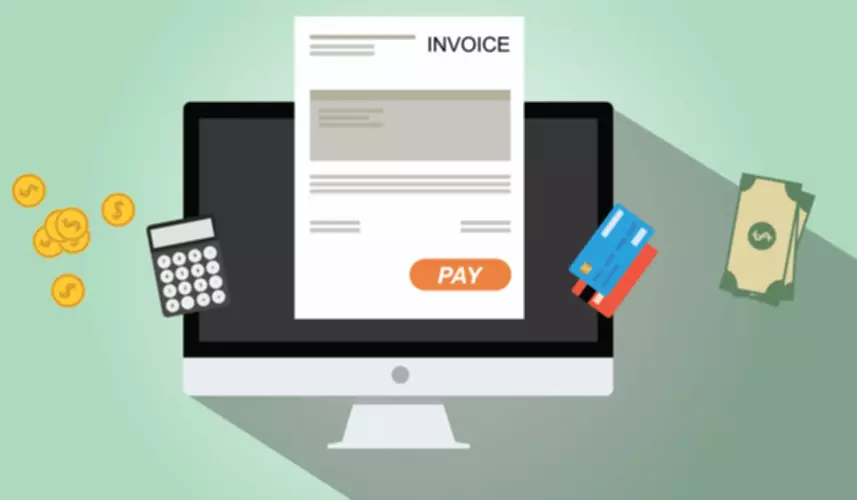Content
The salvage value is what you expect to receive when you dispose of the asset at the end of its useful life. The double-declining balance method multiplies twice the straight-line method percentage by the beginning book value each period. Because the book value decreases each period, the depreciation expense decreases as well.
What is 20% double declining balance?
Under the double declining balance method the 10% straight line rate is doubled to 20%. However, the 20% is multiplied times the fixture's book value at the beginning of the year instead of the fixture's original cost.
A similar process will be repeated each year throughout the asset’s useful life, or till the point we reach the salvage value of the asset. DDBD makes sense for assets that lose value quickly such as cars, some computer equipment, and some high-tech items. In addition, for items that require more maintenance over time like cars, the bigger depreciation expense is an advantage. The bigger depreciation expenses upfront lets businesses get bigger tax write-offs in the earlier years of such assets and this can help with maintenance costs as the asset ages. This can help if a loan was taken out to buy an asset since the tax write-offs can contribute towards paying off the loan earlier.
What is the Double Declining Balance Depreciation Method?
The assumption that assets are more productive in the early years than in later years is the main motivation for using this method. The double declining balance method accelerates depreciation charges instead of allocating it evenly throughout the asset’s useful life. Proponents of this method argue that fixed assets have optimum functionality when they are brand new and a higher depreciation charge makes sense to match the fixed assets’ efficiency.
As a hypothetical example, suppose a business purchased a $30,000 delivery truck, which was expected to last for 10 years. Under the straight-line depreciation method, the company would deduct $2,700 per year for 10 years–that is, $30,000 minus $3,000, divided by 10. In these cases, it may be more appropriate to use a different depreciation method, such as the Straight-Line Method or the Units of Production Method. The Double Declining Balance Method calculates the depreciation expense of an asset over its useful life. It is based on the principle of accelerating depreciation, meaning that a more significant portion of the asset’s value is depreciated in the early years of its useful life, with depreciation decreasing over time.
How to calculate depreciation using the double declining method
The most basic type of depreciation is the straight line depreciation method. So, if an asset cost $1,000, you might write off $100 every year for 10 years. Download the free Excel double declining balance template to play with the numbers and calculate double declining balance depreciation expense on your own!
This vehicle is estimated to have a useful life of 5 years and a salvage value of $5,000. The accountants at Linear Dynamic will calculate the DDBD for the vehicle using the following values. Is a form of accelerated depreciation in which first-year depreciation is twice the amount of straight-line depreciation when a zero terminal disposal price is assumed. Financial accounting applications of declining balance are often linked to income tax regulations, which allow the taxpayer to compute the annual rate by applying a percentage multiplier to the straight-line rate. Under the declining balance method, depreciation is charged on the book value of the asset and the amount of depreciation decreases every year.
What Is the Declining Balance Method of Assets Depreciation?
A vehicle is a perfect example of an asset that loses value quickly in the first years of ownership. A variation on this method is the 150% declining balance method, which substitutes 1.5 for the 2.0 figure used in the calculation. The 150% method does not result in as rapid a rate of depreciation at the double declining method. As an alternative https://www.bookstime.com/ to systematic allocation schemes, several declining balance methods for calculating depreciation expenses have been developed. Aside from DDB, sum-of-the-years digits and MACRS are other examples of accelerated depreciation methods. They also report higher depreciation in earlier years and lower depreciation in later years.

Note that the final depreciation charge for an asset may need to be adjusted to a lower amount to ensure that the salvage value remains at the estimated amount. The double declining balance (DDB) depreciation method is an approach double declining balance method to accounting that involves depreciating certain assets at twice the rate outlined under straight-line depreciation. This results in depreciation being the highest in the first year of ownership and declining over time.
